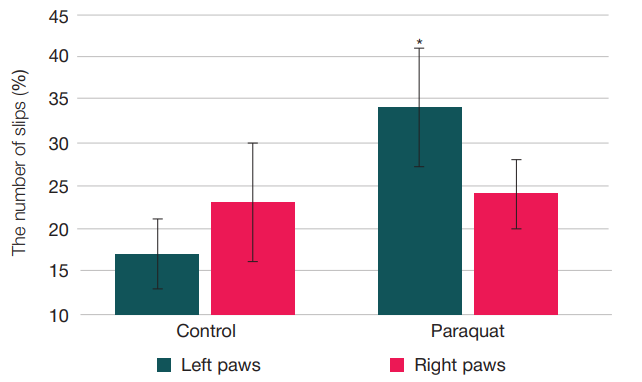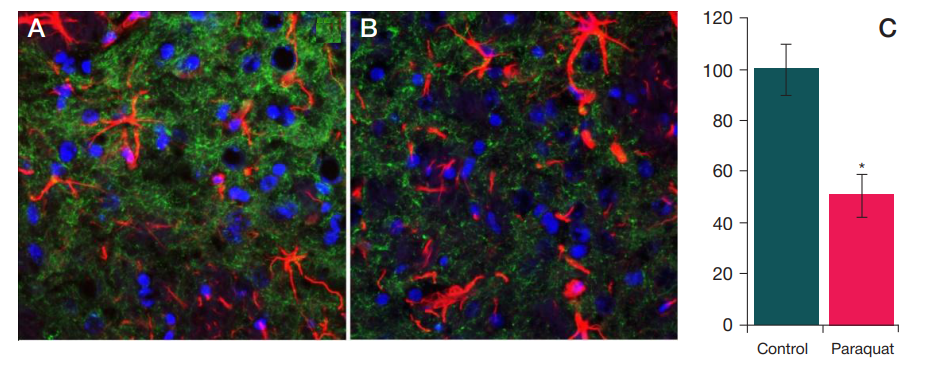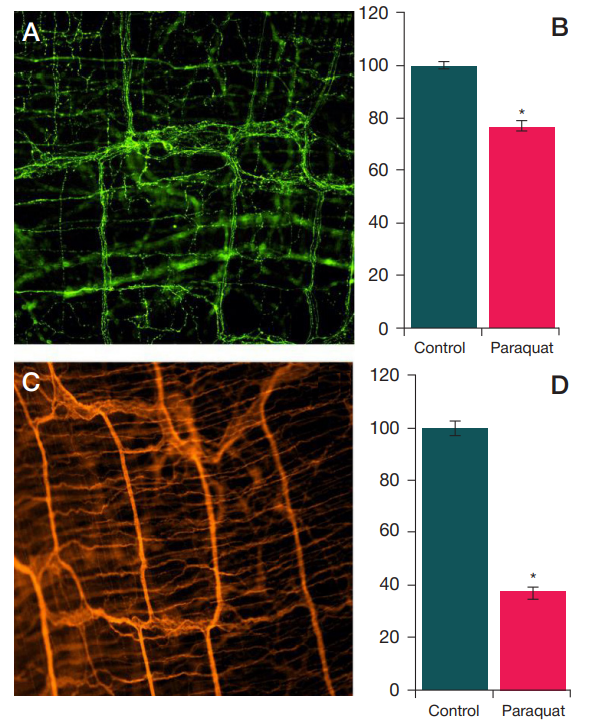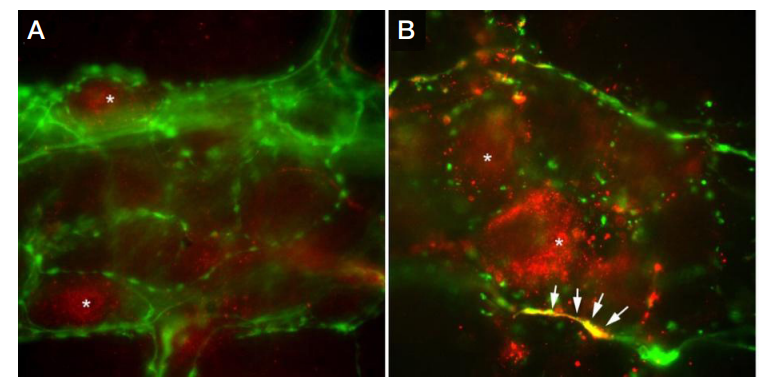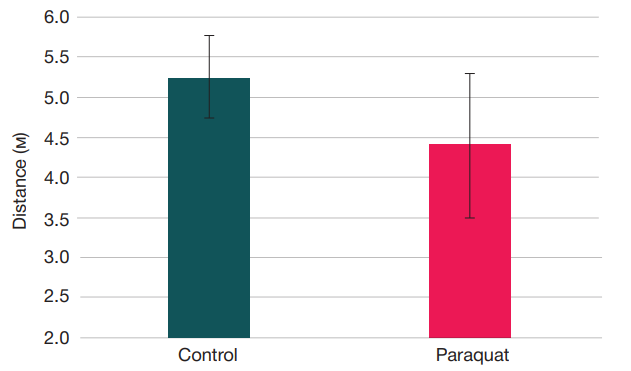
This article is an open access article distributed under the terms and conditions of the Creative Commons Attribution license (CC BY).
ORIGINAL RESEARCH
Paraquat-induced model of Parkinson’s disease and detection of phosphorylated α-synuclein in the enteric nervous system of rats
Research Center of Neurology, Moscow, Russia
Correspondence should be addressed: Alla V. Stavrovskaya
Per. Obukha 5, Moscow, 103064; ur.liam@vats_alla
Funding: this work supported by the Russian Science Foundation (Grant 19-15-00320).
Acknowledgement: the authors thank their colleagues, Olshansky AS and Yamshchikova NG (the Laboratory of Experimental Pathology of the Nervous System), for their valuable contribution.
Author contribution: Stavrovskaya AV planned the study, analyzed the literature, collected, analyzed and interpreted the obtained data, conducted behavioral tests, administered drugs to the animals, and prepared the draft of the manuscript; Voronkov DN analyzed the literature, analyzed and interpreted the obtained data, prepared brain slides, conducted the histopathologic examination, and prepared the draft of the manuscript; Kutukova KA analyzed the literature, analyzed the obtained data, prepared jejunum slides, carried out the histopathologic examination, and prepared the draft of the manuscript; Ivanov MV prepared jejunum slides and carried out the histopathologic examination; Gushchina AS collected data, administered drugs to the rats, carried out behavioral tests, and monitored the animals’ health as a vet; Illarioshkin SN supervised the study and prepared the draft of the manuscript.
